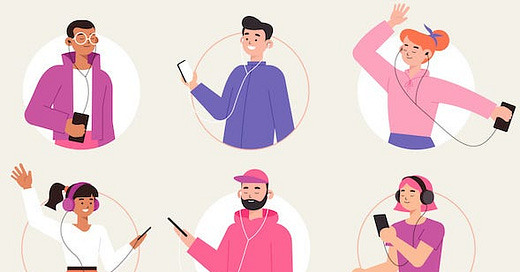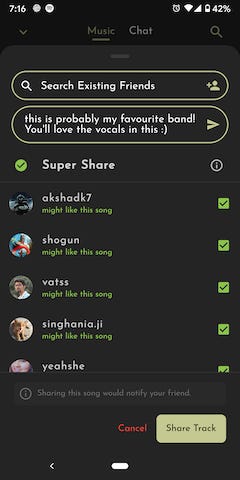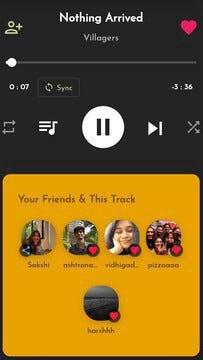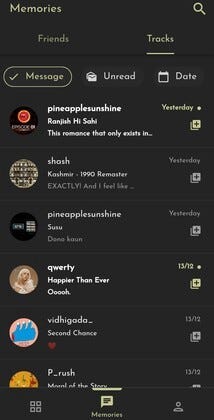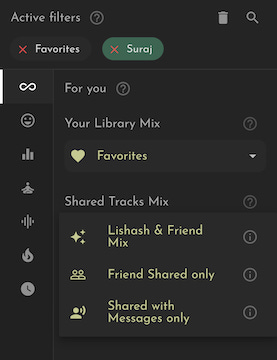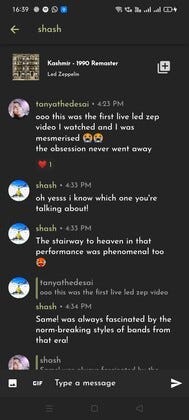Shared Music Repository
Experiment 5: The best way to share music with others, and listen to their recommendations.
Timeline
April 2020 — October 2020
But Why?
Covid destroyed all the hopes we had of creating a real life social network via intimate house gigs. Now, people were longing even more for social connection. We had a great music discovery engine, but people could not interact with each other yet. The time seemed ripe for introducing social connections within the app.
Even though filters and let all go solved a lot of discovery problems, people still relied on subreddits etc. for music discovery. Discovering music via other people is a really strong trigger.
People usually share music on Instagram, Whatsapp and several other social platforms. There are too many apps to keep track of, and in each app there is usually just one messaging channel that has all types of conversations, musical suggestions from friends easily get lost in the heap.
We felt that if we somehow manage to solve the music sharing platform without becoming yet another social media, we’d create an even stronger medium of letting all go: what you listen to would not just be a piece of music, but a memory attached with your friends who shared/loved them, making the emotional connection even stronger.
Experiment
The biggest advantages we had over any other social platform is the lack of a feed, no reliance on deep learning, complete control over the recommendation algorithm, and an extremely robust filtering system.
We integrated all the major music streaming apps (Spotify, Apple Music, and Youtube) into our system, and allowed users to share music within the app seamlessly with each other. To reduce spam, and increase convenience while sharing, we even recommend who might like the track you are about to share.
There are several ways for your friends to consume what you shared:
Just tap on let all go, and we automatically play a mix of friend and algorithmic suggestions.
They can access, and filter all of the songs shared with them in a list of memories if they want to.
They can filter music that you have shared specifically, or are shared with a message and combine these filters like discovery.
Each track becomes a separate conversation thread so that whenever you listen to it again, the memories associated with it stay.
Finally, because we want Lishash to be a place to form genuine connections, rather than more connections we kept it a closed network. You can’t search for people and connect with them, you had to know them irl to share music with them.
Observations
Mixing friend recommendations with algorithmic ones significantly increased the usage of let all go mode.
People often reported just applying a friend filter when they would miss them. Listening to music shared by a friend added a lot of emotional context to the music that played.
Users who never listened to metal, started loving it, and the same became true for many other genres. When a friend shared music played people would not skip it even if it was way outside their comfort zone.
Existing users would meet someone on other social platforms, and invite them on Lishash to get to know them better. The conversations on tracks became a really intimate a genuine method to connect with each other.
People wanted to use Lishash not just to share music with people they already know, but to also meet new people via music.
Conclusion
Not filters, not let all go, but listening to music shared by friends became the biggest factor in Lishash solving choice overload for people.
Sharing music with each other and talking about it is a really strong medium for people to become vulnerable, and form genuine connections with other.
A closed social network without a feed of content broadcasted by people is a really effective way of forming quality connections, rather than just adding people to a followers list.

